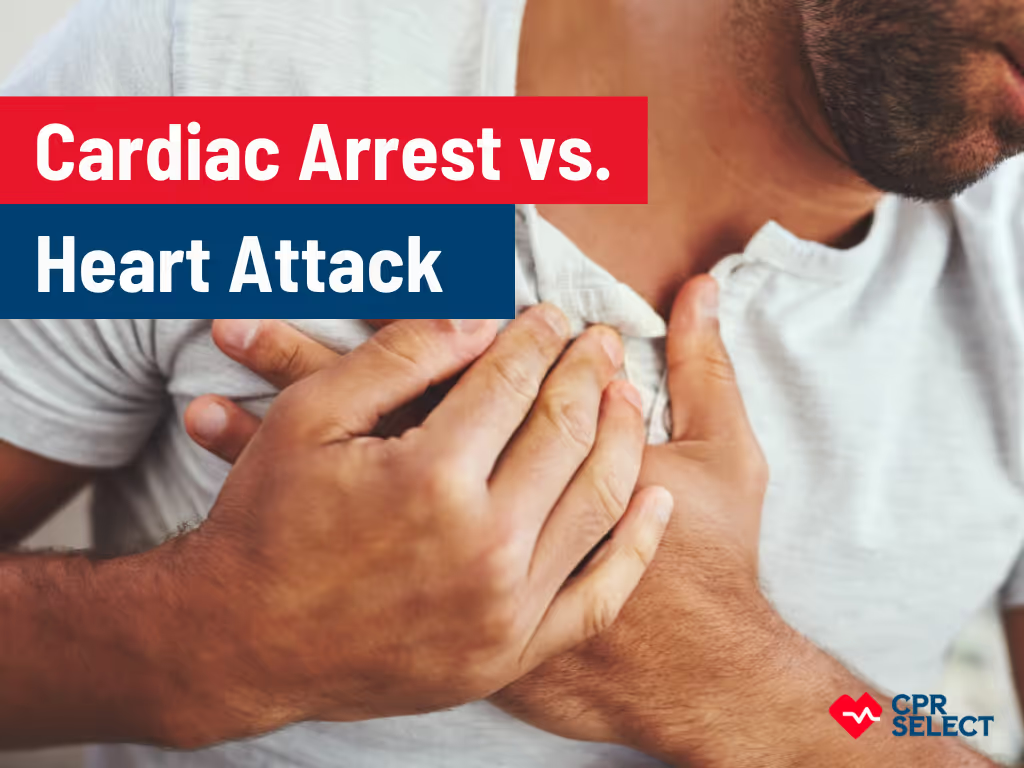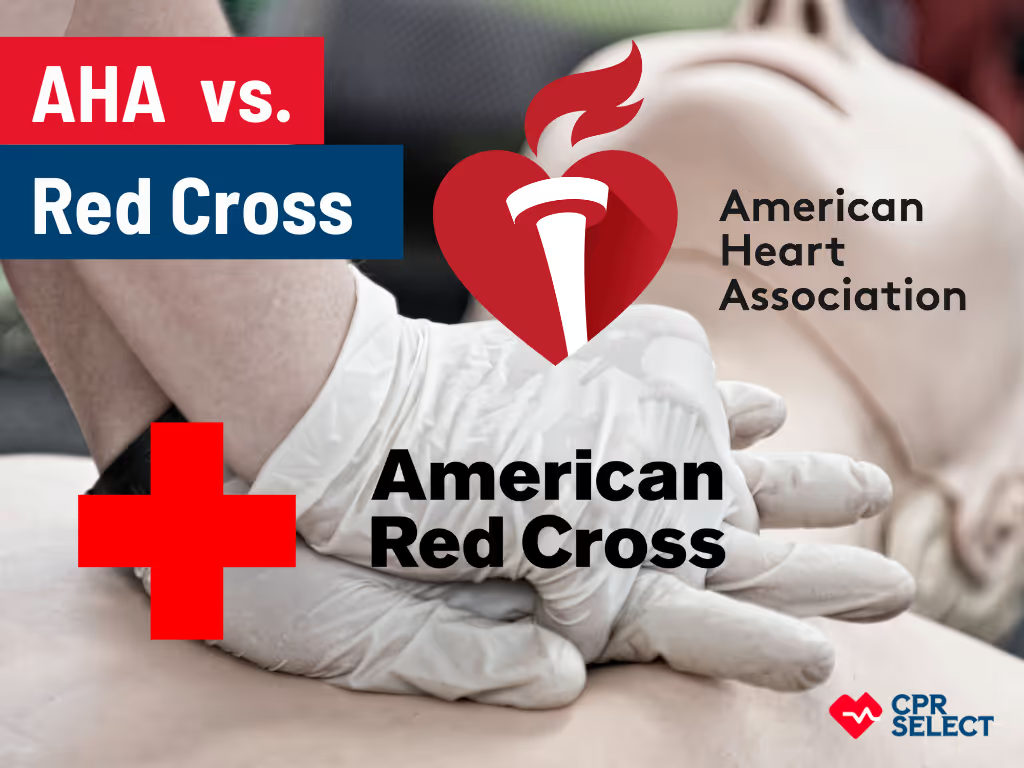What Is CPR?
CPR, or Cardiopulmonary Resuscitation, is a vital emergency procedure designed to restore the circulation of oxygenated blood to the brain and other essential organs. It is performed when someone experiences cardiac arrest, a condition where the heart stops beating. CPR aims to keep the person alive until professional medical help arrives. The procedure involves two main components:
1. Chest Compressions: Chest compressions involve rhythmic pressing on the victim's chest. This action maintains the heart's pumping action, ensuring oxygenated blood continues to circulate in the body.
2. Rescue Breaths: Rescue breaths are given by breathing air into the victim's mouth. This helps inflate the lungs and provides vital oxygen to the body.
Following AHA Guidelines
Adhering to the guidelines set by the American Heart Association (AHA) is crucial for effective CPR. The AHA recommends chest compressions at a rate of 100-120 compressions per minute, and rescue breaths should be given at a rate of one breath every 5-6 seconds. Proper depth for chest compressions (at least 2 inches) and adequate force for rescue breaths are emphasized.
Importance of CPR
Performing CPR within the first ten minutes after cardiac arrest is crucial. Every second counts, as the brain starts to suffer irreversible damage after this period. CPR significantly increases the chances of survival, with research indicating a 40% higher survival rate for cardiac arrest patients.
Is it essential to expose the victim's chest for high-quality CPR?
Yes, it is absolutely essential to expose the victim's chest for high-quality CPR. When someone collapses and requires CPR, it's crucial to have direct access to the chest area. This allows the rescuer to place their hands correctly and perform effective chest compressions. Exposing the chest means removing any clothing or items that obstruct the chest area, ensuring unimpeded contact with the skin. Proper hand placement directly on the chest during compressions maximizes the chances of circulating blood effectively, which is vital in a life-threatening situation.
For a CPR-performing adult, is it imperative to begin chest compressions if the victim shows no pulse or breathing?
Yes, it is imperative to begin chest compressions immediately if an adult victim shows no pulse or breathing. In the absence of a detectable pulse or signs of breathing, the person is in cardiac arrest. Starting chest compressions promptly is crucial because it helps maintain blood circulation, providing oxygen to the brain and vital organs. Chest compressions should be initiated at a rate of 100-120 compressions per minute to sustain circulation until professional medical assistance arrives.
What are the common signs that indicate the need for CPR on an adult, child, and infant?
- Adults: Common signs in adults include sudden loss of responsiveness, absence of normal breathing, and no pulse or a pulse that is ineffective (not normal).
- Children: In children, the signs include loss of responsiveness, abnormal or gasping breathing, and absence of a pulse.
- Infants: For infants, the signs include sudden loss of responsiveness, irregular breathing, and no palpable pulse.
What steps are involved in delivering high-quality CPR?
Delivering high-quality CPR involves several steps:
- Proper Hand Placement: Position the heel of one hand on the center of the victim's chest (just below the nipple line) and the other hand on top. Keep the elbows straight and use the upper body weight to administer compressions.
- Adequate Compression Depth: Compressions should be at least 2 inches deep for adults, allowing the chest to recoil fully between compressions.
- Optimal Compression Rate: Compressions should be performed at a rate of 100-120 compressions per minute.
- Rescue Breaths: After 30 compressions, provide two rescue breaths, ensuring a good seal over the victim's mouth and nose.
How do the chest compression techniques differ between an adult and an 8-year-old child?
For an adult, chest compressions are performed using both hands. In contrast, for an 8-year-old child, chest compressions is performed using one or two hands, depending on the rescuer's preference and the size of the child. The depth and rate of compressions should still follow the guidelines, ensuring effective circulation.
What distinguishes high-quality CPR from standard CPR?
High-quality CPR goes beyond just compressions and includes proper hand placement, ensuring full chest recoil between compressions, and potentially higher compression rates. Standard CPR might lack these elements, making high-quality CPR more effective in sustaining blood circulation and oxygenation.
What is meant by "high-quality CPR"?
High-quality CPR refers to the administration of CPR techniques following the guidelines set by organizations like the American Heart Association. It involves precise hand placement, adequate compression depth, proper compression rate, and allowing the chest to fully recoil between compressions. These factors collectively maximize the chances of restoring effective circulation and increasing the likelihood of the victim's survival.
What does it mean when the chest does not rise during the first ventilation?
If the chest does not rise during the first attempt at ventilation, it indicates improper airway positioning or insufficient air delivered. In such cases, the rescuer should re-tilt the victim's head to ensure the airway is open and unobstructed. A second attempt at ventilation should be made, ensuring a proper seal over the victim's mouth and nose. Adequate ventilation is essential to oxygenate the lungs and support the overall CPR process.














.webp)
.png)





















.webp)











.webp)



.webp)
